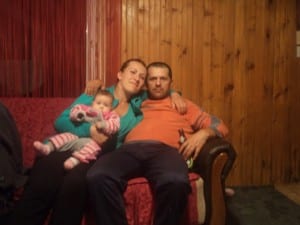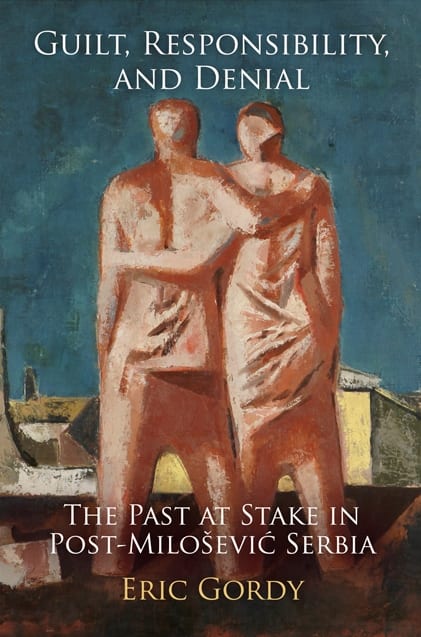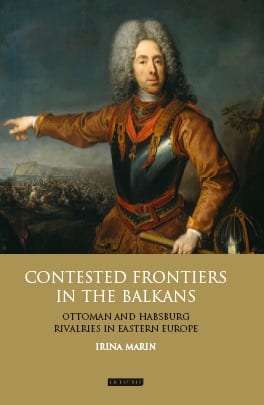
Johann Christian Harenberg.
Some Contemporary and Christian
Considerations on Vampires or
the Blood-Sucking Dead,
Wolfenbüttel 1733.
Via Wikimedia Commons
Vampires continue to fascinate us, but the legends have strayed a long way from their original meaning, argues Professor Martyn Rady.
The latest commentary on ‘vampires’ In Poland and Bulgaria (summarized in The Guardian, 16 July 2013), which are respectively some decapitated skeletons and staked corpses, shows the problem with studies of vampirism today. Any undead person, or person who is thought to be still walking when they were previously buried, is considered a vampire. These creatures are not automatically, however, vampires; they are merely revenants or returners.
All cultures have believed that the dead may on occasions return to life, but that is not to say the returned will share the characteristics of the vampire. The Greek revenant or vrykolakas might thus return to this world in order to help with the ploughing or other household chores. The West African demon who hides in trees ready to rip out with his long tongue the innards of the unwary traveller, may feast on the living, but he was never human and thus had never experienced mortal death. Both are, however, frequently described as vampires, along with such other supernatural manifestations as ghouls, strigoi or screech-witches, and cannibalistic shape-changers.
The origins of this confusion lie with Augustus Montague Summers (1880–1948). Summers was a pretend priest, notorious exhibitionist, and associate of Aleister Crowley, which is never a good sign. He made his money writing superficially learned books on the supernatural. The Vampire: His Kith and Kin (1928) lumps together a range of revenant stories, together with examples of creatures feasting on the living, and posits a single category of malevolence, which he calls vampirism. The book was a best-seller and Summers rewrote it under several different titles.
We need to pin the vampire down, or else like Summers we will render every evil object a vampire. To be a vampire requires three things: (a) revenance, to be returned from the dead, (b) a proclivity or even physical requirement to feast on the living, and (c) contagion, the ability to infect others with the disease of vampirism. These are necessary conditions. Nothing less will do.
Once we have established the conditions, the provenance follows. Vampires originate in Serbia. The original name, which is upir, is Slavonic and means a demon. In Serbia, however, vulgar traditions of Orthodox Christianity established for the first time the combination of the three features that we have determined. Possibly, this had something to do with beliefs in ‘slow death’, whereby the spirit leaves the body over a period of weeks; possibly, it was related to practices of ritual exhumation; possibly, it was synthetic of Christianity and other traditions. (more…)
 Close
Close









